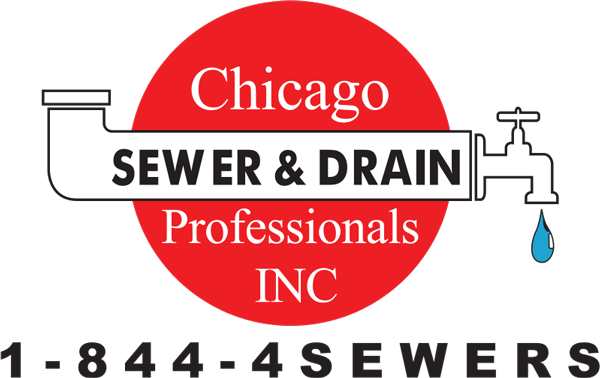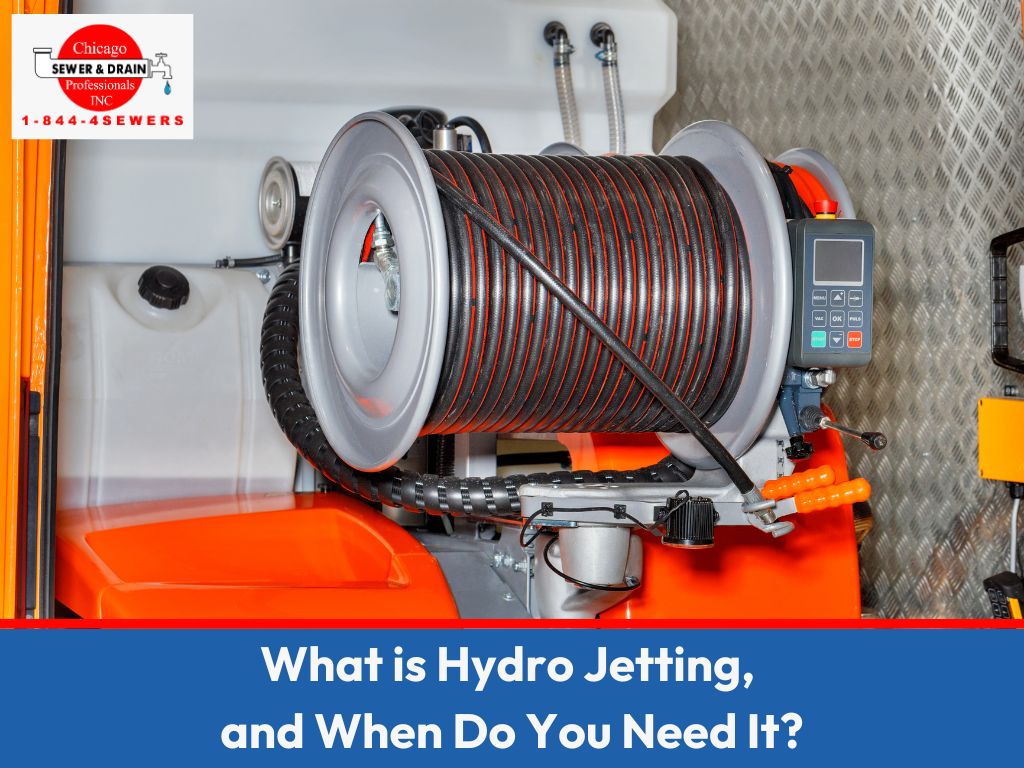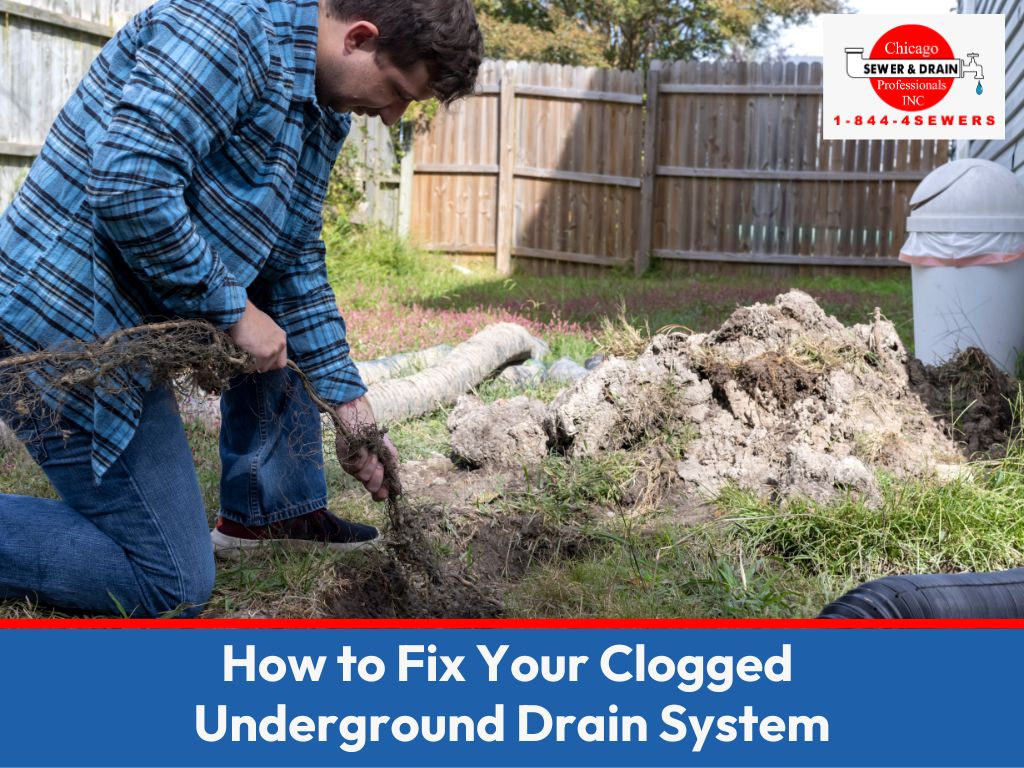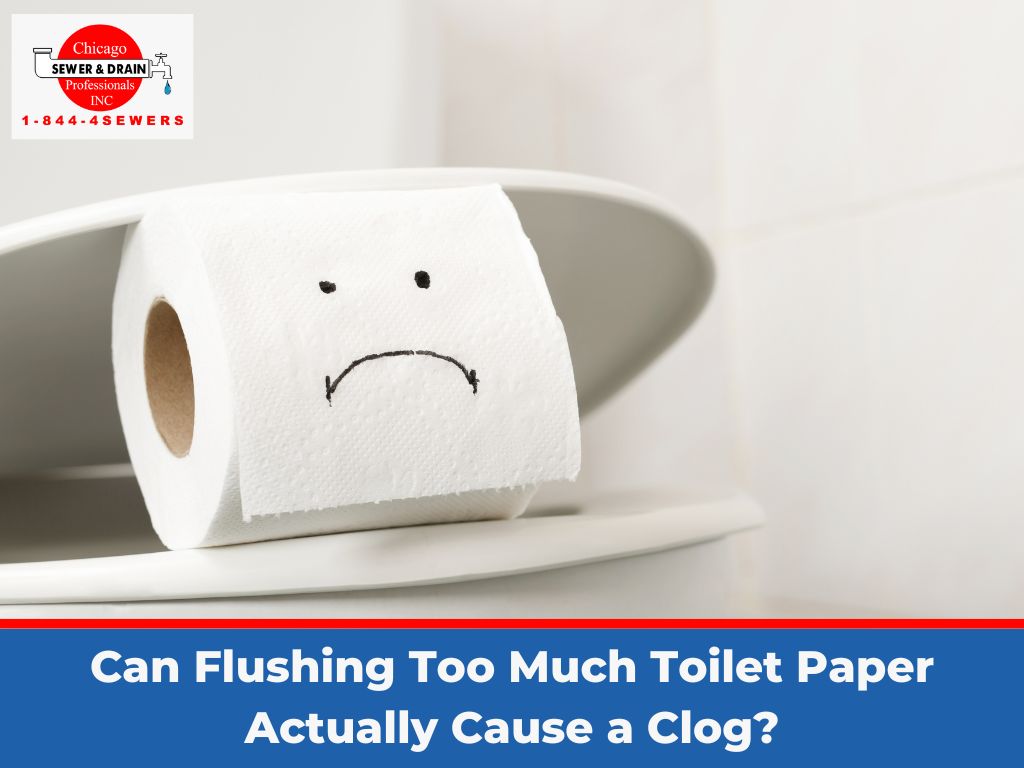How to Fix a Slow-Filling Toilet After Flushing
Table of Contents
Toggle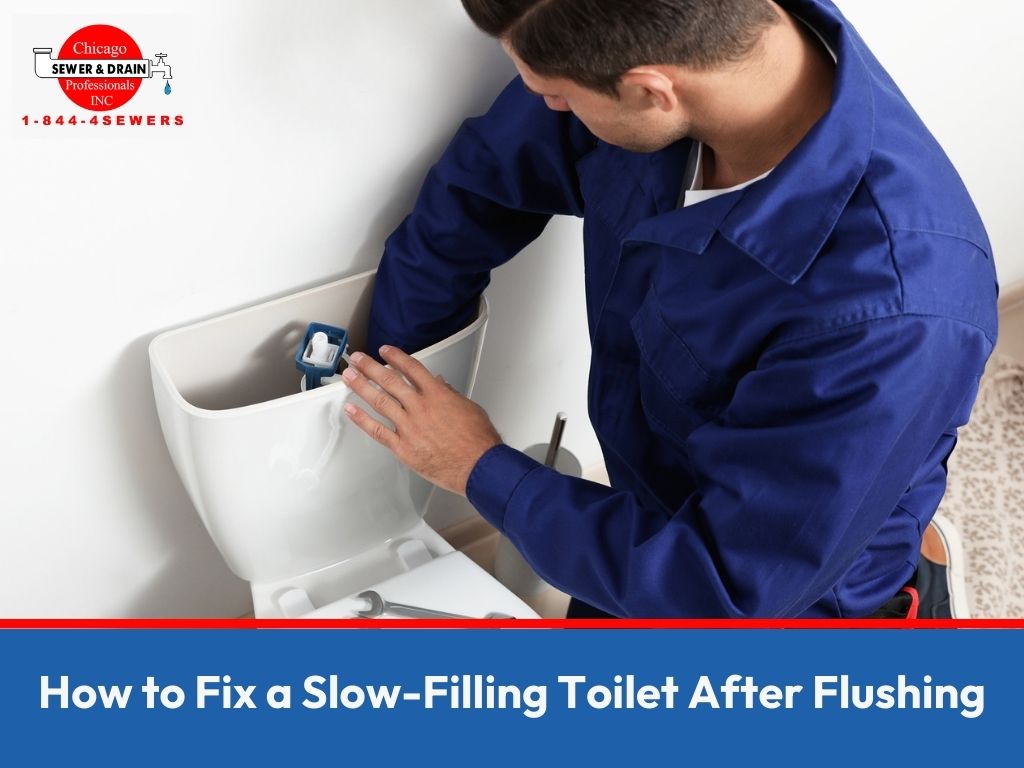
A slow-filling toilet is a common household annoyance that most of us have experienced at some point. Not only can it test your patience, but it can also lead to expensive water bills if the issue isn’t fixed in a timely manner.
There are several possible causes of a slow-filling toilet, such as a blocked water supply line or faulty parts. In any case, it’s important to diagnose the issue and repair it as soon as possible.
In this article, we’ll go over everything you need to know about diagnosing and fixing a slow-filling toilet after flushing.
Common Causes of Slow-Filling Toilets
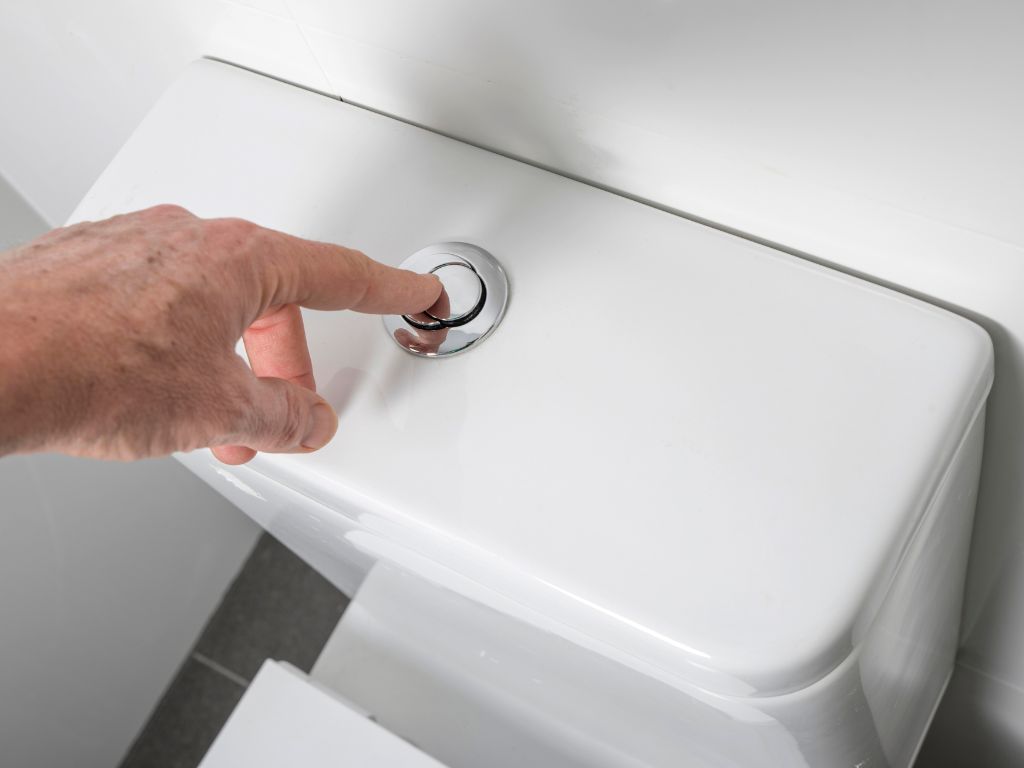
Before diving into repairs, it’s essential to identify the root cause of why your toilet is filling at a snail’s pace. Understanding these causes will help you diagnose the problem correctly and apply the appropriate fix.
Some of the common causes include:
- A Blocked Water Supply Line: This is one of the most common causes of a slow-filling toilet. Over time, debris can build up in the pipe and impede the flow of water.
- Fill Valve Tube Issues: Another possible cause is a fill valve tube that is clogged or worn out. The tube transports water from the tank to the bowl, and if it’s not working properly, then the toilet will take longer to fill.
- Plumbing Leaks: Sometimes, the issue may be due to a larger plumbing issue, such as a leaky pipe. If you suspect a leak, contact a professional plumber as soon as possible.
Step-by-Step Guide to Fixing a Slow-Filling Toilet
Although you may need professional help to fix a slow-filling toilet – there are some simple steps you can take to troubleshoot the issue.
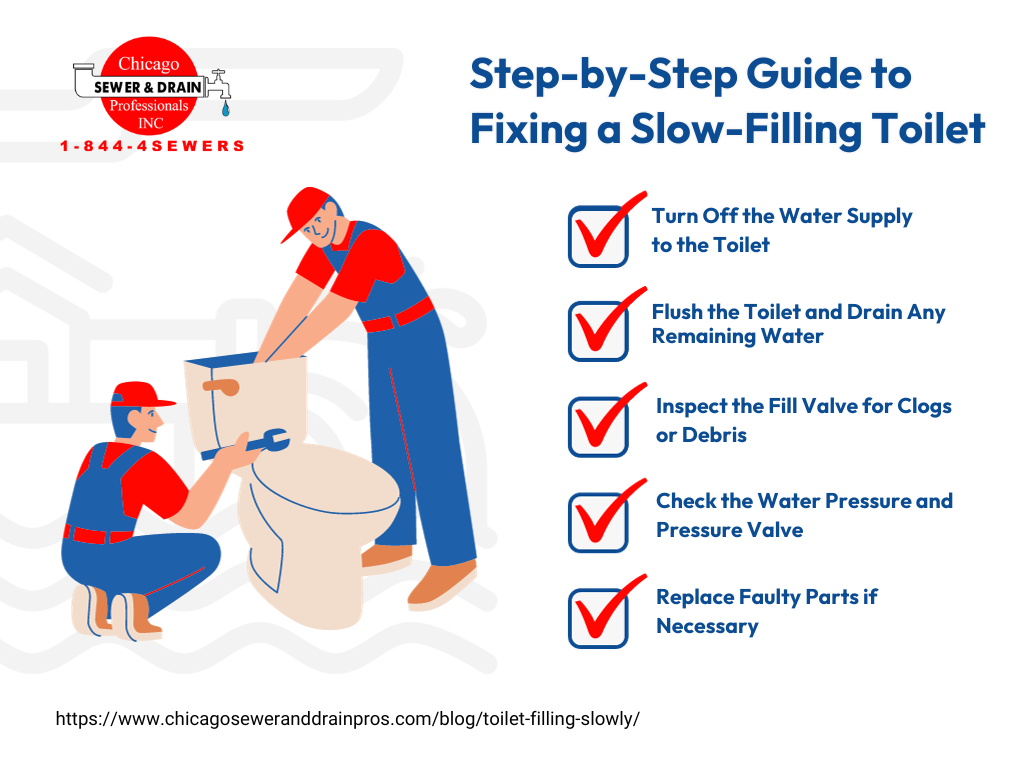
1. Turn Off the Water Supply to the Toilet
The first step in tackling a slow-filling toilet is to turn off the water supply. This can usually be done by locating the shut-off valve, which is typically located on the wall or floor near the base of the toilet. Turn the valve clockwise to shut off the water supply.
This step is essential to ensure your safety and prevent any water from overflowing while you work on the toilet.
2. Flush the Toilet and Drain Any Remaining Water
Next, flush the toilet to drain any remaining water in the tank and bowl. If you need to, use a cup to pour water into the tank so that it flushes completely.
3. Inspect the Fill Valve for Clogs or Debris
Once you have shut off the water supply and drained the tank, it’s time to inspect the fill valve for clogs or debris. If you can see anything blocking the flow of water, use a pair of needle-nose pliers to remove it.
4. Check the Water Pressure and Pressure Valve
If the fill valve looks clear and is in good condition, then it’s time to check the water pressure and pressure valve. Make sure that the pressure is set correctly and that there are no issues with the valve itself. If necessary, adjust the setting or replace the valve.
5. Replace Faulty Parts if Necessary
If all else fails, you may need to replace any faulty parts that are causing the issue. Common culprits include the float, flapper, and fill valve. Make sure to buy replacements that are compatible with your toilet model and follow the instructions for installation. If you feel uncomfortable doing this, it’s best to call a professional for help.
When Should You Hire a Professional Plumber?
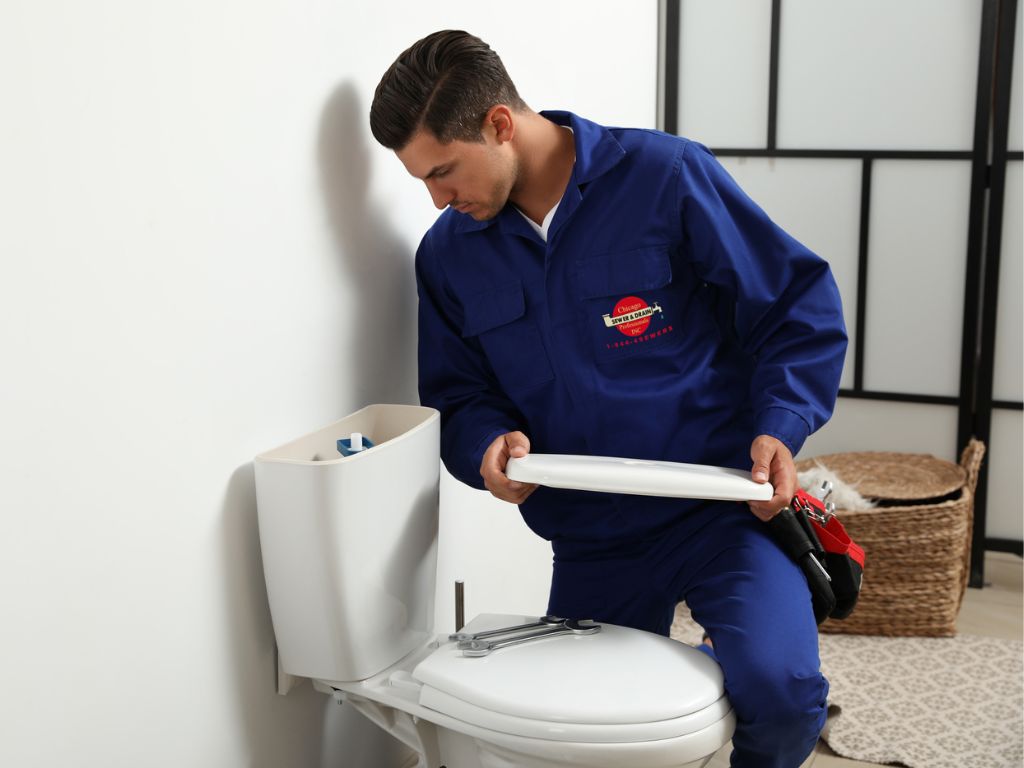
If you’re facing a serious issue with your toilet, such as a clogged drain or leak, then it’s best to call in the professionals. A professional plumber will be able to diagnose the problem and provide solutions that may not be possible for you to do yourself.
For instance, if your sewer line is blocked, a plumber will be able to use specialized equipment to clear the blockage quickly and safely. This will save you time and money in the long run, as well as avoid any potential damage to your home’s plumbing system.
In addition to addressing serious problems, a professional plumber can also assist with routine maintenance and repairs. They can provide advice on proper toilet care and suggest products that will extend the life of your toilet. This can help you avoid costly repairs in the future.
Conclusion
As you can see, there are several ways to troubleshoot and fix common toilet problems. However, if the issue is more complex or beyond your skillset, it’s best to call a professional for help. A qualified plumber will be able to diagnose the problem and provide solutions that are both cost-efficient and safe.
In need of a plumbing professional? Chicago Sewer & Drain is here to help! We provide a wide range of plumbing services, from drain cleaning to sewer line repairs. Whatever your needs are, our team of experienced plumbers has you covered.
Contact us today to learn more!
